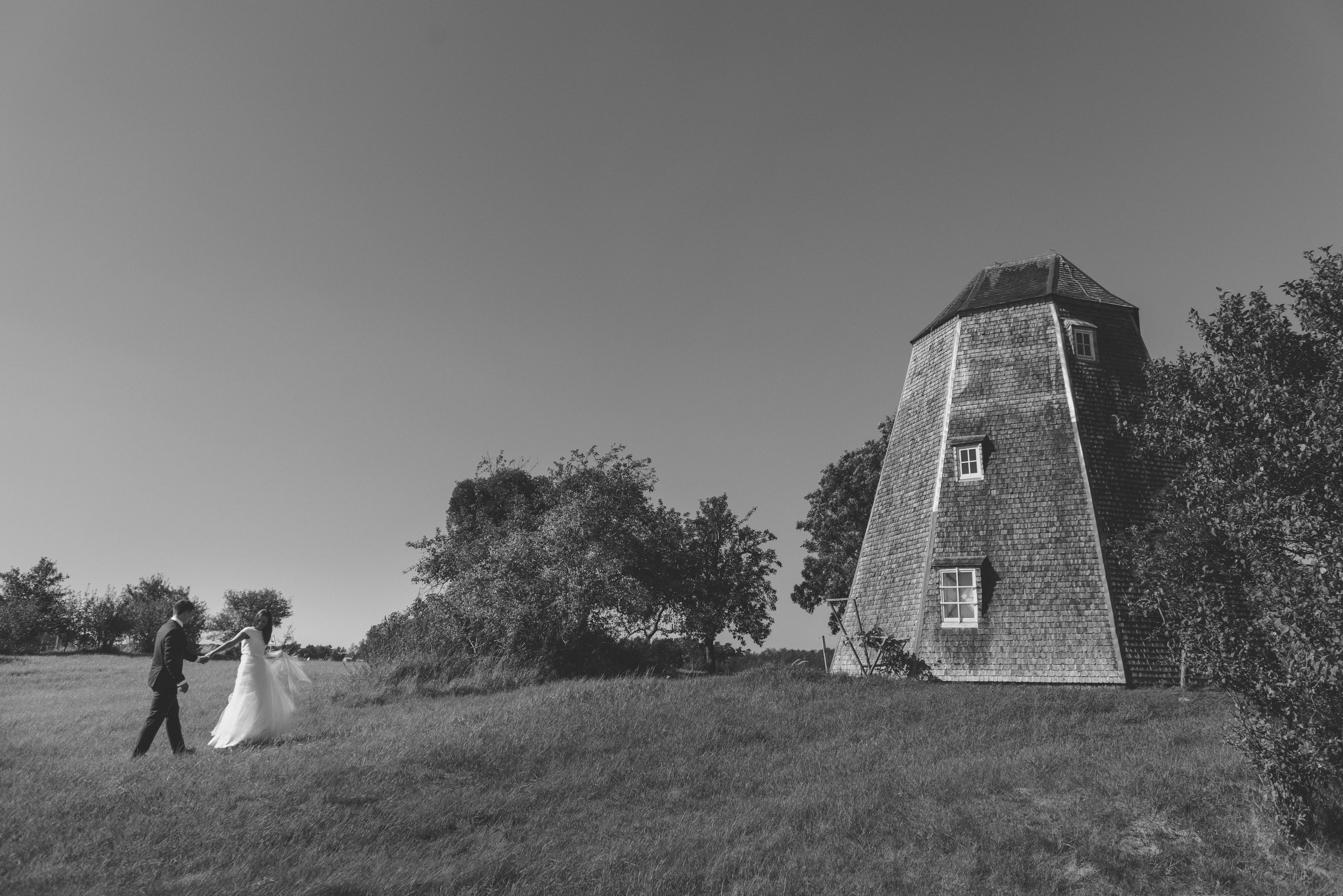
Teaching Tumbling Tots
The methodology behind teaching preschool and school-age cartwheels is quite different. When you are working with children under the age of six and getting them to understand where to put their feet, where to place their hands, or where to look in the middle of a skill, you need to provide them with visual cues. Visual cues are the secrets to teaching little ones flips.
Let’s use cartwheels as an example. To begin teaching a 2-year-old a cartwheel, you should start by asking him to do a sideways bunny hop, thus creating the necessary lateral movement. Rabbit jumps are performed by lifting forward from a support by placing both hands on the ground. Ask them to move their hands and then their feet continuously across the mat. After they’ve done this move, continue with the cartwheel. Put a hula hoop in front of them. Ask them to touch the hoop with their front toe. Tell them to put their hands in the hoop and jump their feet to the other side. By providing them with a visual cue (the hoop) that gives them a place to put their hands and a space to land their feet. If you’re not sure which foot should go forward for the flip…ask them to do a horse kick (like a handstand where the feet kick alternately in the air) and not which foot was kicked first. The other leg is usually the cartwheel leg. Set up as many stations as you can, because repetition is also a must in a preschooler’s learning. Have stations set up to encourage children to “jump around” them. We use what we call our “flip factory.” We installed a line of double cones so there is an alley to go through. Place hoops on the floor wherever you want the gymnasts to do a cartwheel. Have a row of stacked panel mats, each with a hoop at the top. Also use the small trapezoidal pieces with a loop on top. Lay stacked panel mats or trapezoidal pieces on their sides to create a wall to do a cartwheel between. Then a row of hoops about 3′ apart for the “tumbling machine.” We also have a 2′ by 5′ exercise mat marked with sticky paper hand and foot prints indicating the location of the flips. One side of the mat is marked “left-handed” and one side “right-handed”. Give your 5-year-olds some chalk in their hands and a line for them to do somersaults to better understand the principle behind this four-beat skill. Also, emphasize a lunge at the beginning and end of the skill. Any visual cues will work. Pieces of Ethafoam, squares of carpet, vinyl or felt, cut-out shapes… anything that allows the child the opportunity to visually see where to put their hands and feet. This will more easily speed up the learning of the cartwheel.
An article on teaching cartwheels to little ones wouldn’t be complete without mentioning barrel rolls, incline mats, mailboxes, donuts, and trapezes. This innovative piece of equipment should be a staple in every gym in America. The amount of decreased staining and increased learning is enormous and is not just limited to preschoolers. Different sized barrels and inclines are available for all sizes of gymnasts and can be used to teach simple skills like forward twists to back somis and ½ on and ½ off jumps. Its uses will only be limited to your imagination.
In conclusion, the idea is to provide these young gymnasts with visual clues that allow easier understanding with less effort on the part of the teacher and the student. Teaching preschoolers to do cartwheels can be a fun, challenging, and rewarding experience with a small amount of equipment and imagination. Seeing results so quickly with these young children may be her greatest joy in teaching.